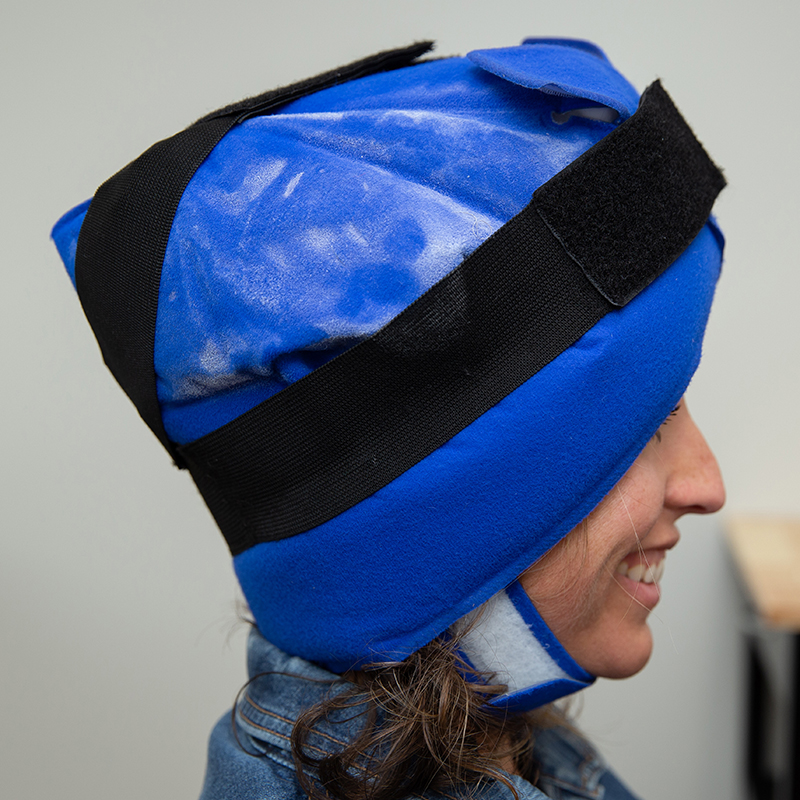FAQS
Frequently Asked Questions
What’s the difference between synthetic hair wigs and human hair wigs?
Synthetic wigs use a manufactured base fiber that’s similar to plastic called modacrylic. Synthetic hairpieces are designed to be low maintenance. They’re natural looking and move like real hair, however, they’re about half the cost human hair wigs. Synthetic wigs are sensitive to heat from blow dryers, irons, and rollers, so you cannot use them on a synthetic wig. Human hair wigs have the most natural look and feel. They’re cooler and lighter weight. Plus, they can be colored and styled just like your own hair.
Why do I need to book a 60-minute fitting?
Because we want to make sure you have ample time with our trained and certified fitters to make an informed decision. In addition to measuring you, we’ll try lots of different styles of bras or wigs and hairpieces to find your best look and most comfortable fit.
What is monofilament top?
A monofilament top is the translucent mesh found inside a wig cap. It’s what each hair is individually tied on to in order to create a realistic scalp appearance.
Do ladies who aren’t going through chemotherapy wear wigs and hairpieces?
Absolutely! Women of all ages, races, and ethnicities can experience hair loss or alopecia. For some, wigs are
necessary or preferred. For others, a clip-in hairpiece does the trick.
How long after a chemotherapy treatment will I lose my hair?
It depends. Like people, chemotherapy drugs and their effects are unique, too. In general, most people lose at least some hair 14-16 days after the first treatment.
Will I lose my eyebrows and eyelashes?
Maybe – maybe not. Not everyone does. The good news is that they’re typically the last to go and the first to come back. So, even if you do lose them, it won’t be for very long. P.S. A wig with longer bangs can help camouflage bare brows and lashes, as well as help keep dirt and dust out of the eyes.
I’m having reconstruction or I just had a lumpectomy. Does my insurance cover a temporary or partial prosthesis and bras?
Yes. Health insurance companies and Medicare are both required by the Women’s Health Care Act of 1998 to cover medically necessary prosthetics and garments following breast cancer surgery.
Can you bill my insurance?
Of course. Over My Head is accredited by Medicare and the American Board for Certification in Orthotics, Prosthetics & Pedorthics. We are an in-network provider for most private insurance companies. You will need a prescription from your physician so we can verify your coverage. Please contact us to ask any specific questions.
Will Medicare pay for other products?
Medicare will cover 80% of necessary replacement bras (up to 12 per year) and one prosthesis (or two for bilateral) every 2 years. Your secondary insurance can cover the remaining 20%.
How do I get fitted for bras or prosthetics after breast surgery?
Once your surgeon gives you a prescription, usually around 4 weeks post-op, you can make your fitting appointment. Our Certified Mastectomy Fitters (CFm)are experts at helping you find the best, most comfortable, symmetrical solution after breast surgery. These products are billable to insurance after anybreast cancer surgery, regardless of whether you have already had or will have reconstruction.





